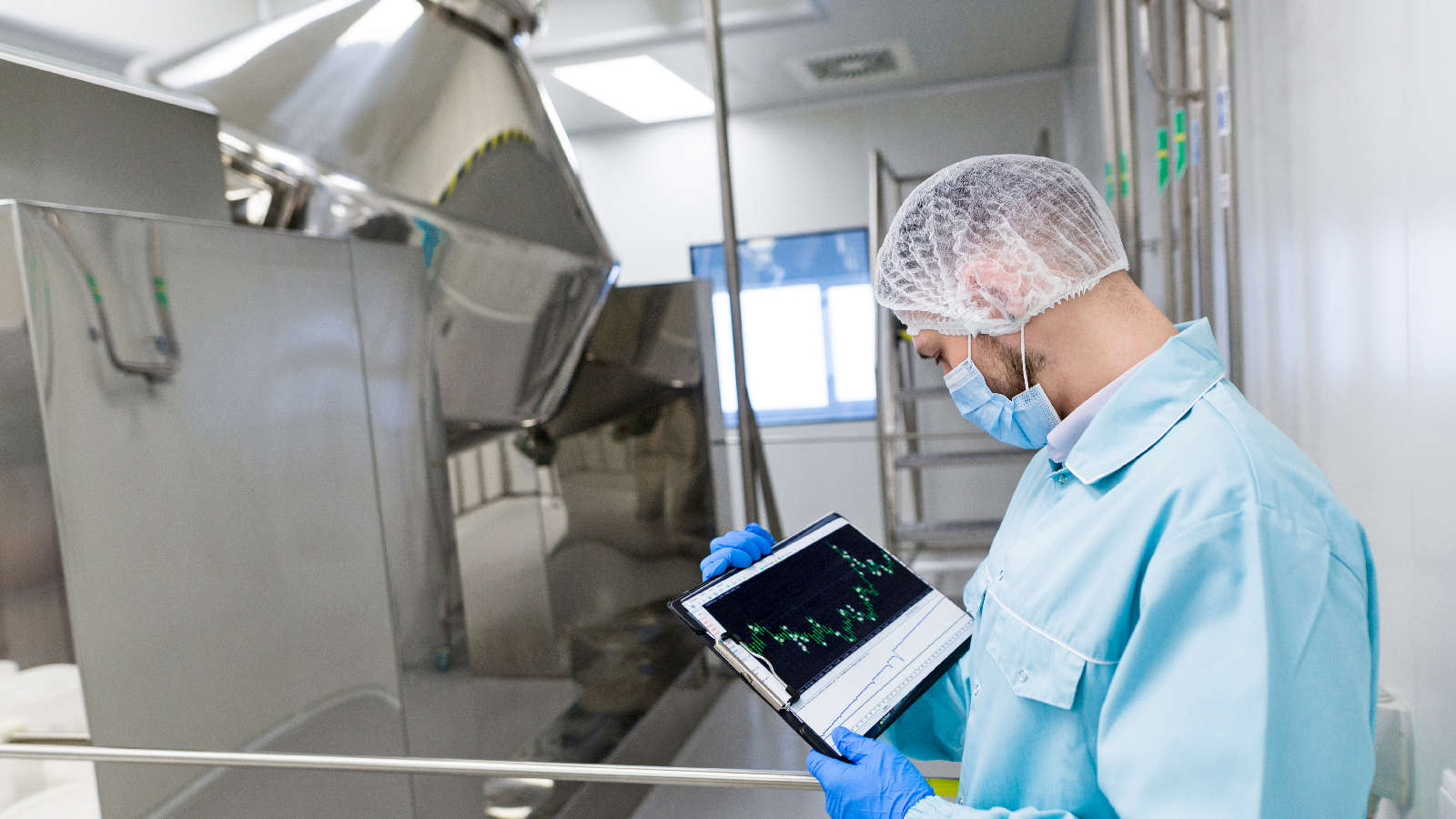Rotational moulding, often known as rotomolding, can be a thermoplastic moulding technique that can be useful for large, one particular-piece hollow physical objects and twice-walled wide open boxes like tanks, kayaks, and coolers. It really is most cost-effective for every year creation numbers less than 3,000, which makes it ideal for innovators, commence-ups, and little enterprises. Rotomolding is often employed for goods with high-quality coatings, homogeneous wall thicknesses, and great steadiness. Inserts and rewrite weld attachments could be directly within the rotomold, and foaming can be used to produce thermal efficiency and solidity. In contrast to competing treatments like blow moulding and thermoforming, rotomolding generates no crunch-off seams or weld outlines, causing a ultimate product which Rotomolding is not going to demand further more procedures.
Benefits
•Very low-charge tooling: As a result of lower functioning demands, rotomold tooling can be produced from very low-price materials including aluminium.
•Substantial steadiness: As the moulding material will not be put through external strain, it really is much more secure along with the chance of issues within the accomplished product is decreased.
•Higher strength: rotomolding produces thicker edges, which lowers the potential risk of failure at these stress-concentration sites.
Drawbacks
•Substantial period instances: rotomolding may take approximately three time to accomplish a single product at eight rotations a minute.
•Fabric choices are restricted: unprocessed components utilized in rotomolding has to be easily modified from granules to some great powder and must be thermally secure, limiting material choice to poly-based resins.
•Substantial labour expenses: rotomolding has yet to accomplish mechanisation and automation, necessitating an increased labor strength than comparable creation strategies.
Conclusion
Due to the low-stress, great-heating the outdoors in the procedure, rotomold tooling is frequently made up of a soft aluminum including aluminium, and the majority of the resin utilized is polyethylene due to its small substance breaking down when subjected to higher heat. Inserts, ribs, kiss-offs, undercuts, and foam reinforcements are often incorporated into the aspect in the moulding process or additional digesting.
